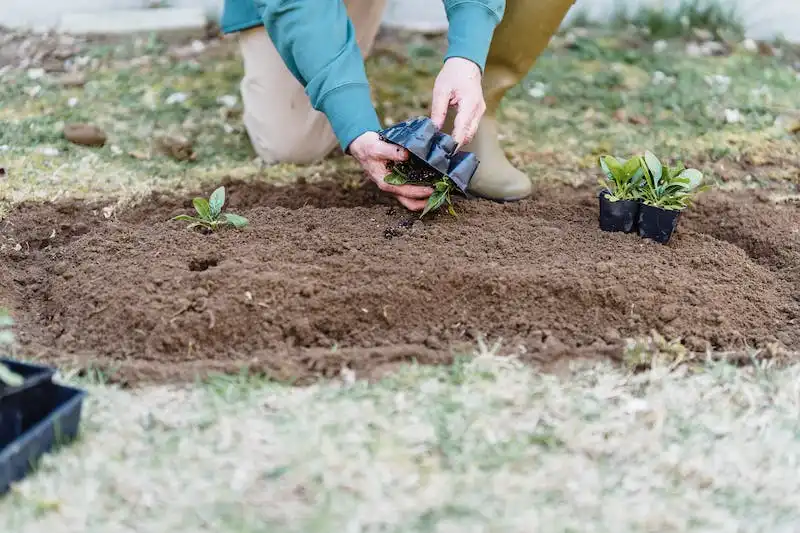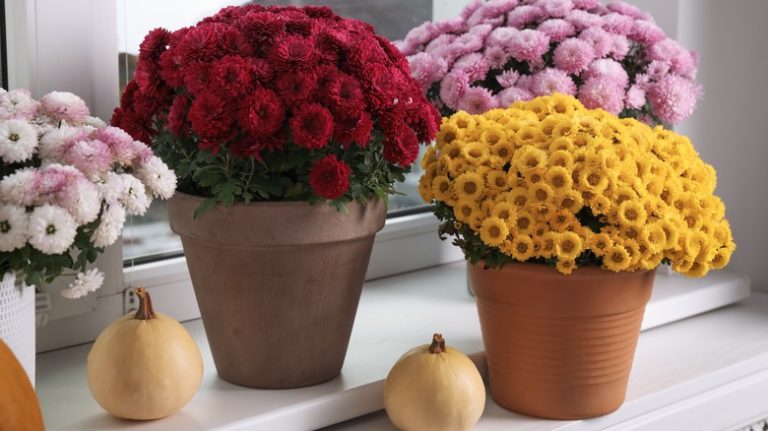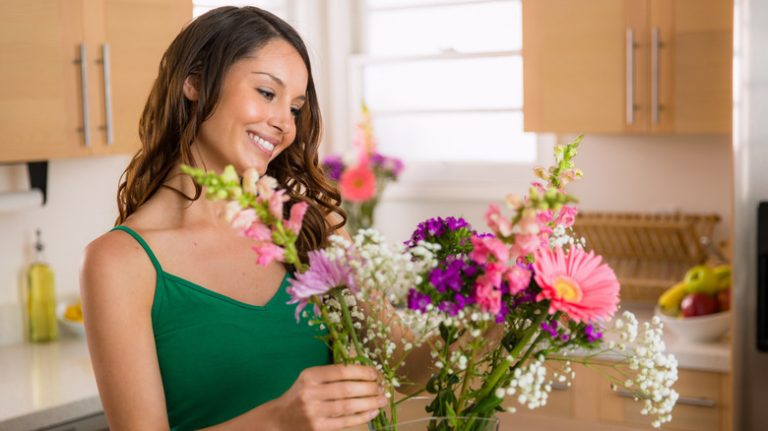In the garden, flowers are more than just another pretty sight. They are the lifeblood of a delicate ecosystem, providing essential nourishment and habitats for a wide variety of creatures. From buzzing bees and fluttering butterflies to clever birds and color-changing moths, pollinators of all kinds rely on the nectar and pollen produced by these beautiful blooms.
For pollinators like hummingbirds and wind-borne insects, the garden is a bustling café where they can find the specific sources of pollen and nectar they need to survive. By planting a variety of pollinator-friendly flowers throughout the seasons, gardeners can help these tiny creatures navigate the changing landscape and ensure a healthy population of pollinators for years to come.
But it’s not just the pollinators that benefit from these colorful and fragrant plants. Gardeners themselves can reap the rewards of a pollinator-friendly garden, from the ease of self-pollinating crops to the beauty and fragrance that fills the air. Whether you’re planting fruit trees in your backyard or adding flowering shrubs to your butterfly garden, these pollinator-friendly plants are a vital part of any gardening space.
So whether you’re a novice gardener or a seasoned pro, take the time to research which flowers will attract the pollinators you want to see in your garden. Plant a line of bright yellow hyacinth to attract hummingbirds in the summer, or sow a patch of wildflowers to provide nectar for bees and butterflies in the winter. With a little planning and a lot of patience, you can create a pollinator paradise that benefits not only you, but the creatures that rely on these plants for survival.
Remember, the open menu of pollinator-friendly flowers is a diverse one, so don’t be afraid to try something new. With so many options to choose from, you’re bound to find the perfect blooms to attract and support the pollinators in your area. Just make sure to provide a variety of flowers that bloom throughout the seasons, so there’s always something for the pollinators to enjoy.
15 Pollinator Plants That Will Attract Birds, Bees, and Butterflies to Your Garden
Your garden can be a haven for pollinators like birds, bees, and butterflies. By planting these 15 pollinator-friendly plants, you can attract these beautiful creatures and help support their population.
- Hyacinth – The vibrant colors and sweet scents of hyacinth flowers make them a favorite among pollinators, especially bees and butterflies.
- Dogwoods – Dogwoods produce small, white flowers that are a favorite of butterflies. These flowers also attract bees.
- Alyssum – Alyssum is a low-growing plant with small, fragrant flowers that are attractive to bees and butterflies, especially when planted in mass quantities.
- Trumpet vine – This plant produces trumpet-shaped flowers that are highly attractive to hummingbirds and butterflies. The bright red or orange flowers are hard to miss.
- Blueberries – While blueberries are self-pollinating, planting other flowering plants nearby can help attract bees and butterflies, which aid in the pollination process and increase fruit production.
- Yellow hyacinth beans – These flowering vines have bright yellow flowers that attract bees and butterflies. The beans that follow are also beneficial for birds.
- Sunflowers – Sunflowers are not only beautiful but also provide an abundant source of pollen and nectar for bees, butterflies, and birds.
- Butterfly bush – True to its name, the butterfly bush attracts butterflies with its clusters of colorful flowers. Bees and hummingbirds are also known to visit.
- Phlox – Phlox is a popular choice for attracting butterflies. The nectar-rich flowers provide a valuable food source.
- Milkweed – Milkweed is essential for the survival of monarch butterflies. The plant serves as a host for their eggs and provides a food source for caterpillars.
- Lavender – The heavenly scent of lavender not only attracts bees and butterflies but also repels mosquitoes and other unwanted insects.
- Purple coneflower – The vibrant purple flowers of the purple coneflower attract butterflies, bees, and birds, making it a must-have for any pollinator garden.
- Sage – Sage is known for its aromatic leaves, but its purple flowers are also highly attractive to bees, butterflies, and hummingbirds.
- Black-eyed Susan – These cheerful yellow flowers with dark centers are a favorite among bees, butterflies, and even birds.
- Honeysuckle – Honeysuckle flowers produce nectar that attracts hummingbirds, bees, and butterflies, making them a popular choice for a pollinator garden.
By incorporating these 15 pollinator plants into your garden, you can create a thriving habitat for birds, bees, and butterflies. Not only will you enjoy the beauty of these pollinators, but you will also be doing your part to protect and support their population.
Source: https://www.example.com
Dogwoods
Dogwoods are beautiful flowering plants that are perfect to line your garden with. They provide a variety of benefits, attracting specific pollinators like bees, butterflies, and hummingbirds. Their flowers are pollinated by wind, bees, and other pollinators. These dogwoods are self-pollinating, so you only need to plant one to make them successful.
During the summer, the dogwood flowers bloom in vibrant colors, attracting bees and butterflies with their sweet scents. The pollinators help the flowering dogwoods to produce fruit, which is a great source of food for foraging birds and other wildlife.
Dogwoods are also excellent plants for attracting pollinators in the winter months. Their bright red berries stand out against the snow and provide a vital food source for birds. This is especially important as many other food sources are scarce during this time of year.
In addition to their benefits for pollinators, dogwoods make a great addition to any garden. They have a wide range of uses, from ornamental purposes to providing habitat for nesting birds. Dogwoods can also help with erosion control and can be used in landscaping to create beautiful, natural barriers.
If you are planning to plant dogwoods in your garden, make sure to choose a location where they will receive full sun or partial shade. The soil should be well-drained and rich in organic matter. Dogwoods prefer slightly acidic soil, so if your soil is alkaline, you may need to amend it with compost or other organic materials.
When planting dogwoods, be sure to water them regularly, especially during the hot summer months. Mulching around the base of the plant can help retain moisture and provide additional insulation for the roots.
In conclusion, dogwoods are a beautiful and beneficial addition to any garden. They attract a variety of pollinators, provide food for wildlife, and offer ornamental value. By planting dogwoods, you can create a pollinator-friendly environment and help support the population of these important species.
What is a pollinator
A pollinator is any living creature that helps to move pollen from the male part (anther) of a flower to the female part (pistil). This essential process, known as pollination, is vital for the reproduction and production of fruits, vegetables, and seeds.
Many different animals, insects, and even the wind can act as pollinators. Some common pollinators include bees, butterflies, moths, hummingbirds, bats, and even some small mammals. Each of these pollinators has their own unique characteristics that make them effective in pollination.
Bees are perhaps the most well-known pollinators and are often attracted to flowers that produce nectar and pollen. They have fuzzy bodies that allow pollen to stick to them as they move from flower to flower. Butterflies and moths, on the other hand, have long tongues and are attracted to flowers with bright colors and sweet scents. They can transfer pollen as they sip nectar.
Hummingbirds are another type of pollinator that are attracted to bright-colored flowers, particularly those with trumpet-like shapes. They have long bills and tongues that allow them to reach into deep flowers and extract nectar. Wind is also a common pollinator, especially for plants that do not rely on attracting insects or birds for pollination. These plants produce lightweight pollen that can be easily carried by the wind to other flowers.
In order to attract and support pollinators, gardeners must provide a diversity of plants that bloom throughout the seasons. This ensures that there are sufficient nectar and pollen sources available for the pollinators throughout the year. Planting a pollinator-friendly garden will not only help attract these beautiful creatures but also contribute to the overall health and well-being of the ecosystem.
Some specific pollinator-friendly plants include alyssum, hyacinth, dogwoods, and many others. These plants provide the necessary food sources for pollinators and also serve as nesting and overwintering sites. Additionally, they add a splash of color and fragrance to your garden, making it more visually appealing.
By planting a variety of pollinator-friendly plants, you can help support and increase the population of these vital creatures. This, in turn, will help to ensure successful pollination, leading to increased fruit and seed production in your garden.
What is Pollination
Pollination is an essential part of the flowering plants’ life cycle. It is the process by which pollen is transferred from the male part of a flower, called the anthers, to the female part, which is the stigma. This transfer can occur through various means, such as wind, water, or through the help of pollinators.
Some flowers are self-pollinating, meaning they can pollinate themselves, but others rely on external factors like wind, insects, birds, or other animals to transfer pollen between flowers. These external agents are known as pollinators.
Pollinators play a crucial role in the pollination process as they help plants reproduce. They visit flowers in search of nectar, a sugary substance produced by flowers to attract pollinators. While foraging for nectar, the pollinators unintentionally pick up pollen from one flower and transfer it to another.
Various pollinators are attracted to different flowers and scents. For example, bees are attracted to brightly colored and sweet-smelling flowers like hyacinth or alyssum, while butterflies are attracted to flowers with vibrant colors like blue or yellow. Birds, on the other hand, are attracted to flowers like trumpet vine or dogwoods.
The presence of pollinators in a garden is essential for successful fruit production. Without them, many plant species would struggle to reproduce, resulting in a decrease in population. Additionally, pollinators provide various other benefits, including attracting birds and butterflies, enhancing the beauty of the garden, and supporting a healthy ecosystem.
Creating a pollinator-friendly garden is easy. By planting a variety of flowers that bloom throughout the seasons, you can attract different pollinators all year round. Providing sources of water, nesting habitats, and avoiding the use of pesticides can also help create a welcoming environment for pollinators.
So, the next time you see a bee fluttering from flower to flower or a butterfly gracefully landing on a plant, remember that they are nature’s little helpers, contributing to the process of pollination.
Source: “What is Pollination” by Café Insectes, accessed November 15, 2024.




